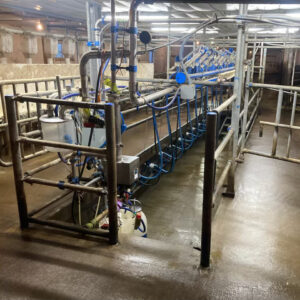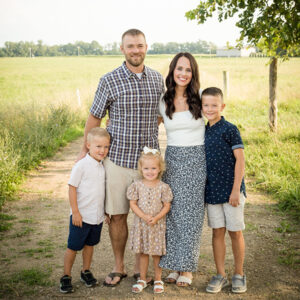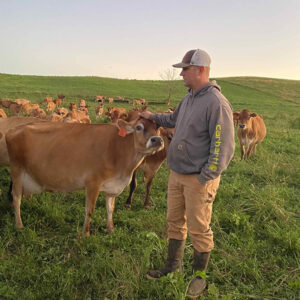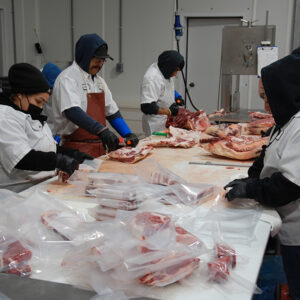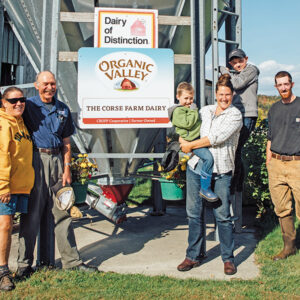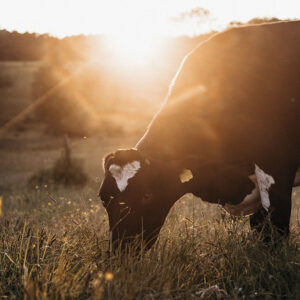The Murrays spent their time on OAD on projects to make life easier
By Martha Hoffman Kerestes
Truxton, New York — Time is a limited commodity, and that’s one of the reasons some dairy farmers, including Ryan and Annie Murray (Graze January 2021), choose to milk once a day (OAD). With more cows than their 80-cow tie stall milking setup could hold in one batch, it was the most workable choice given their labor constraints back in 2020.
But instead of being a long-term fit, OAD milking ended up being a stepping stone back to more efficient twice-daily (TAD) milking with their expanding herd.
The Murrays had talked with a number of OAD graziers who told them that the key to success is good management of the additional time from milking less.
“It’s all about what you do with your time,” Annie says. “Lots of people use that time to make money. We didn’t earn money, but we spent time on projects that made twice-a-day milking easier.”
Continue reading “From once- to twice-daily milking”
